Hello, Hive Gardeners! 👨🌾
I haven't worked in my field this year until recently.
That's why I haven't written anything in this community. But that will change now that spring has sprung :)
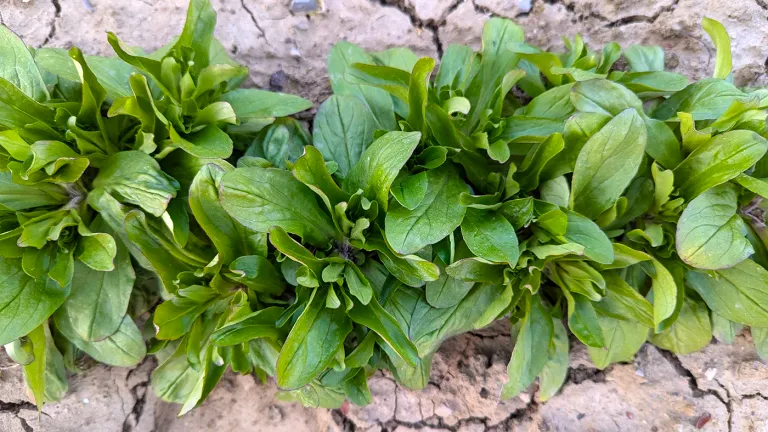
Our field, which we have been working on for the eighth year (hence, since I've been here on Hive), was in a desperate state until a month ago when it was flooded. Here is one photo; you can read more in the post.
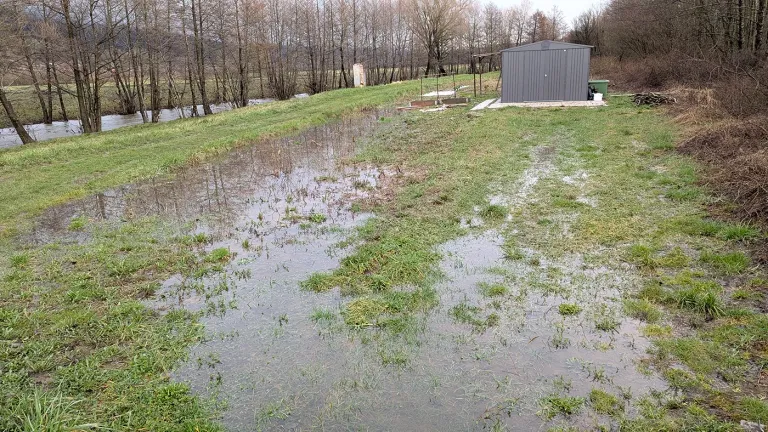
Well, I wasn't too bothered because the field is close to a river that floods, usually in spring or winter. So I would say it's a natural process that we must live with and adapt our planting to.
After a good month, everything has dried out enough, and for the last two weeks, when the weather has been very sunny, we have started to cultivate this field of ours.
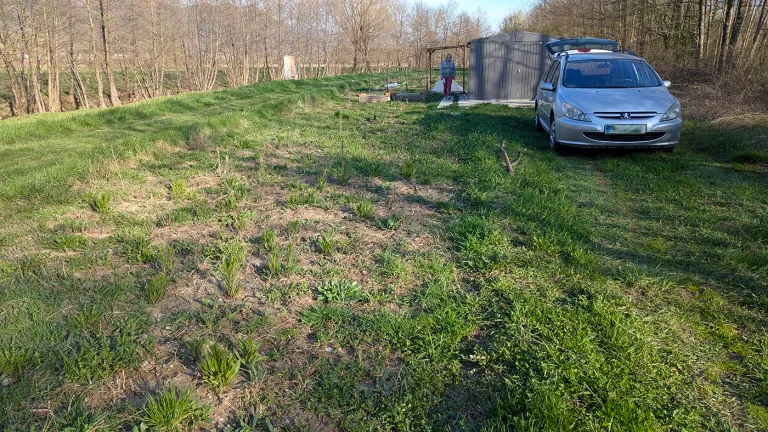
In a change from previous years, when we first cleared the field of last year's grass, weeds, and rubbish and then plowed it, my wife and I decided to try something different in the part of the field where conditions are the worst and yields are always the lowest.
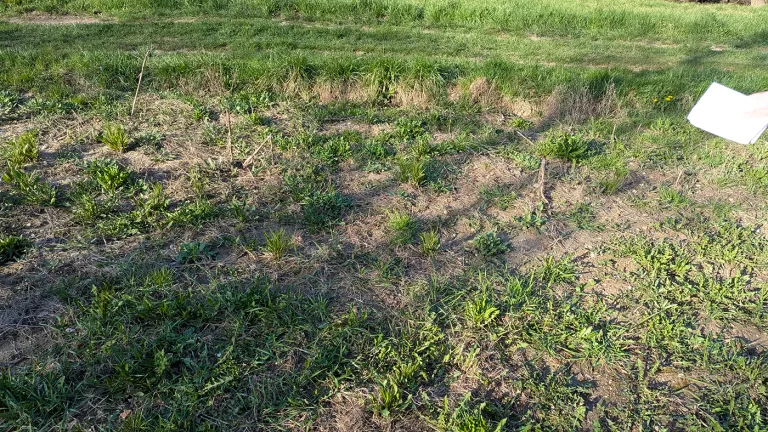
My wife decided we shouldn't be afraid of grass and weeds, and we started permaculture. We will try to shape a part of our field to align with the natural ecosystem here as much as possible.
Since cultivating this field, we have never tried to add any pest control or change the soil structure. The result is that weeds are abundant, snails and other pests are numerous, and yields fluctuate yearly.
But will permaculture be any different?
We will see what we can do. Since it's the first time, we'll probably make mistakes, but working outside, in the air, counts for something, so let's not be too harsh.
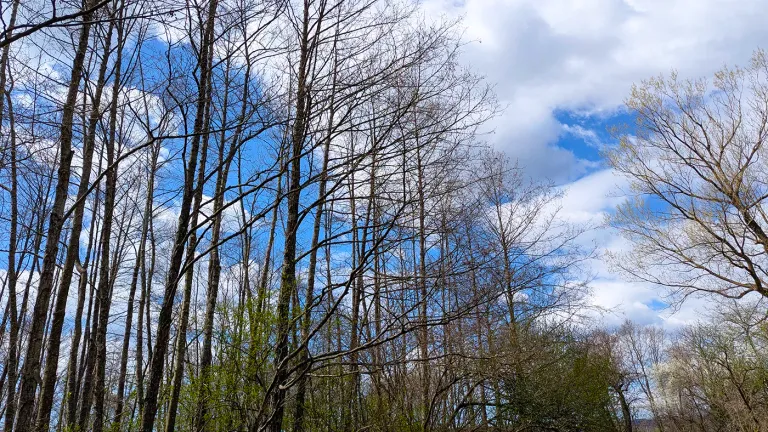
We started by preparing the material for the different layers: dry branches, fresh grass cuttings, dried hay, organic waste, compost, and straw.

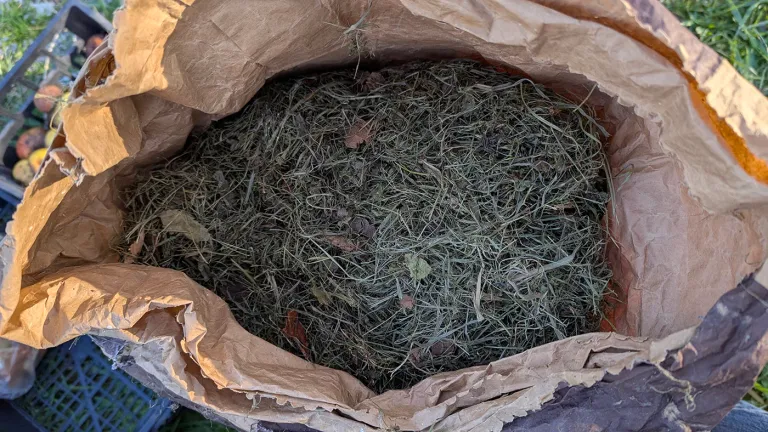
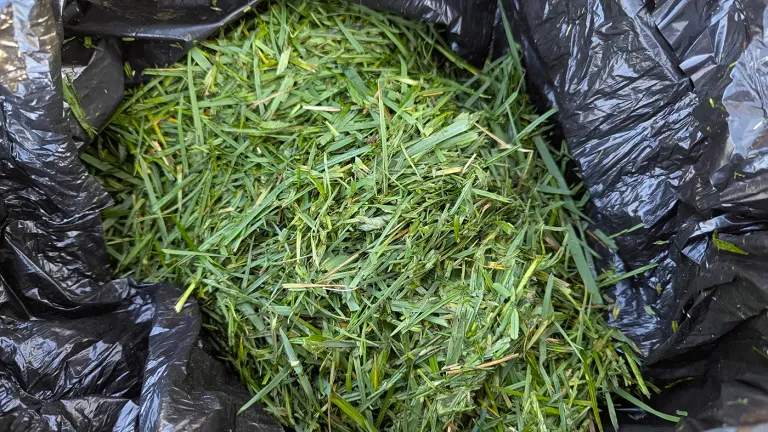
Then, I made a rectangle out of straight branches, and we applied different layers of materials. It is approximately 3 m by 1.5 m.

First, I put a layer of dry branches for drainage.
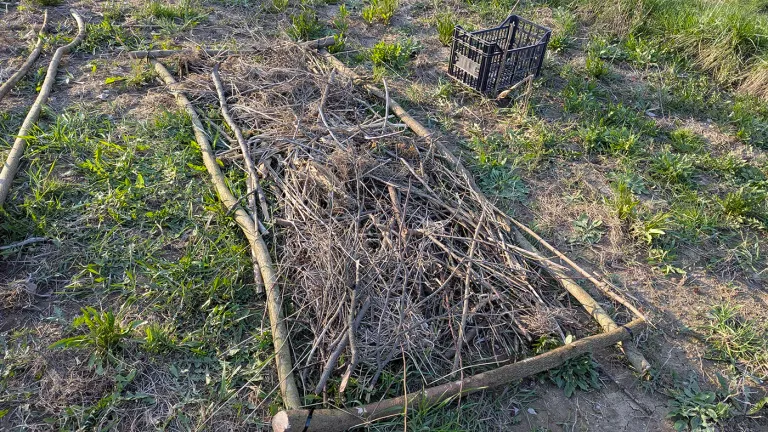
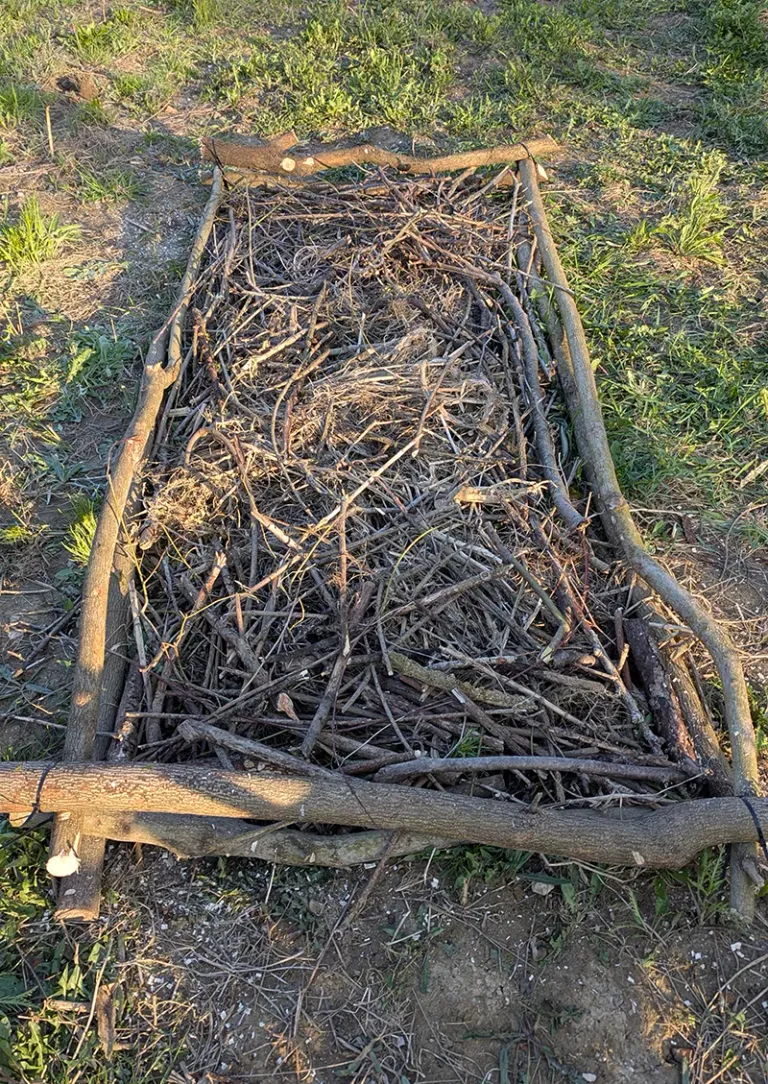
The second layer is freshly mown grass.

The third layer is organic waste.
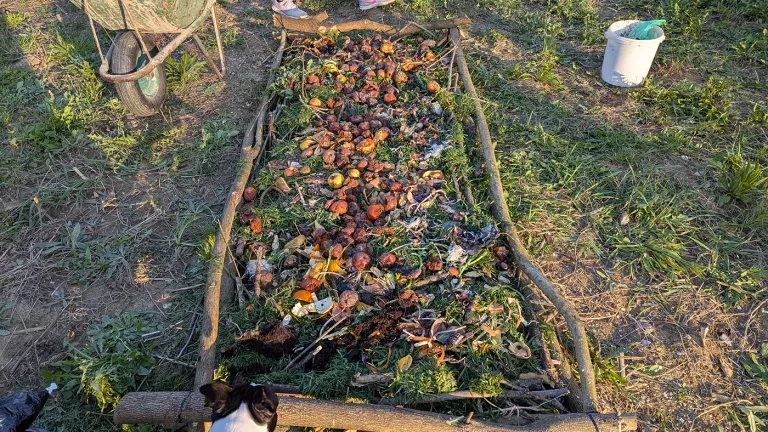
The fourth layer, again, is fresh grass cuttings.
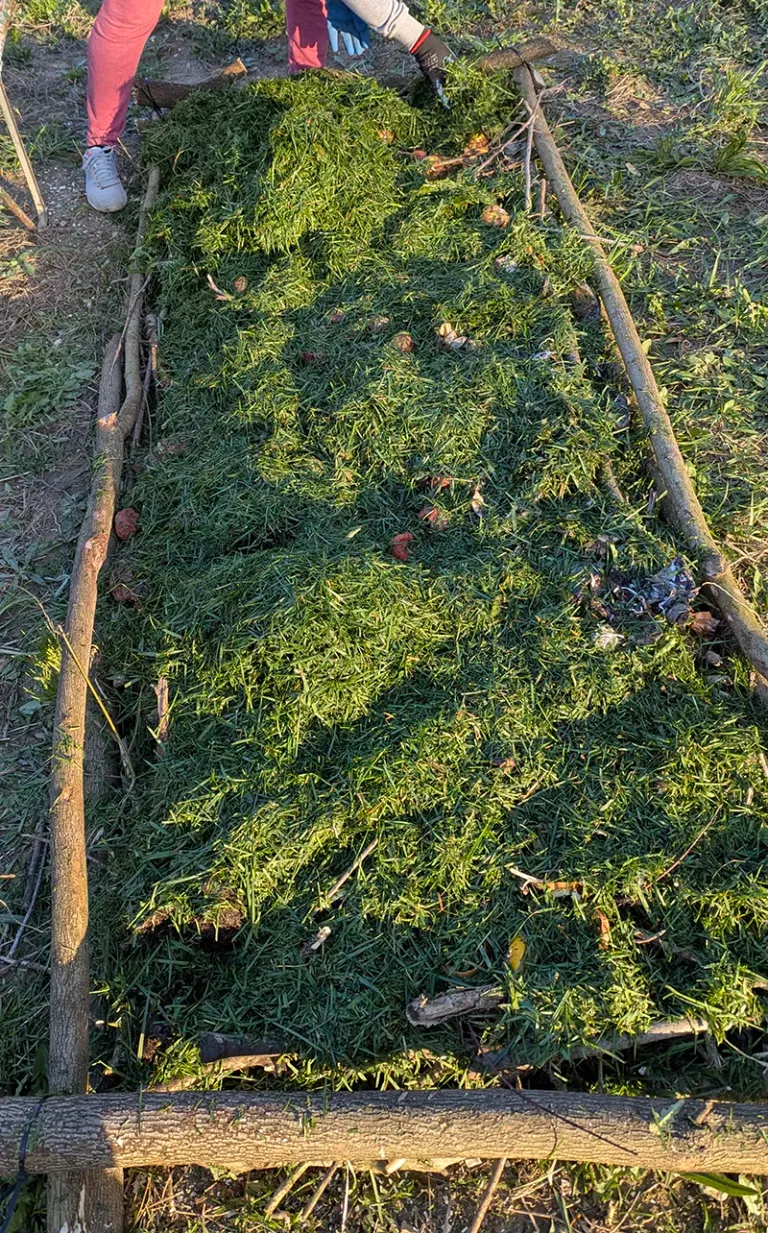
The fifth layer is straw.
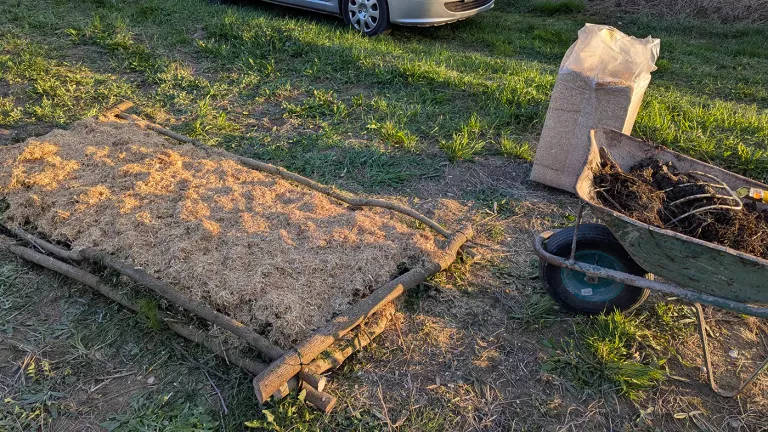
The sixth layer is compost.
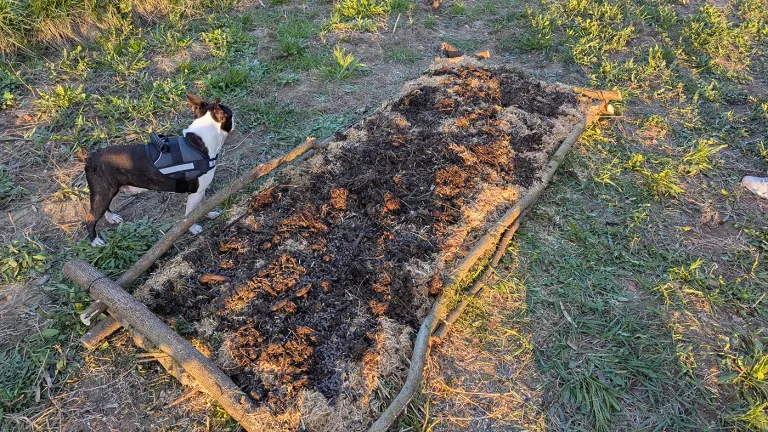
And the seventh and final layer, dry hay.
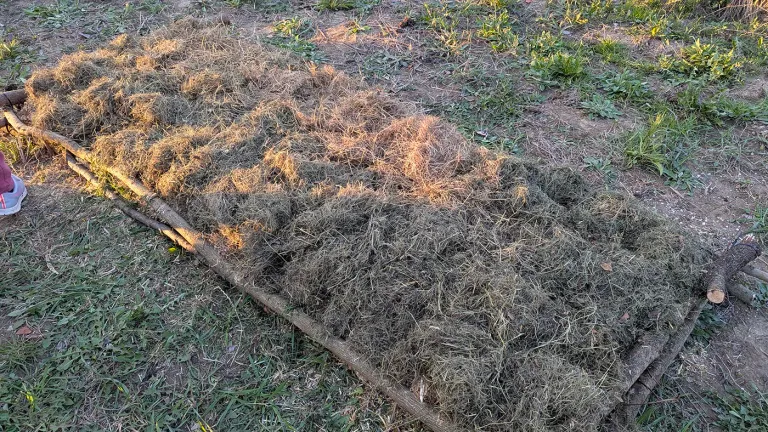
Finally, we watered everything well.
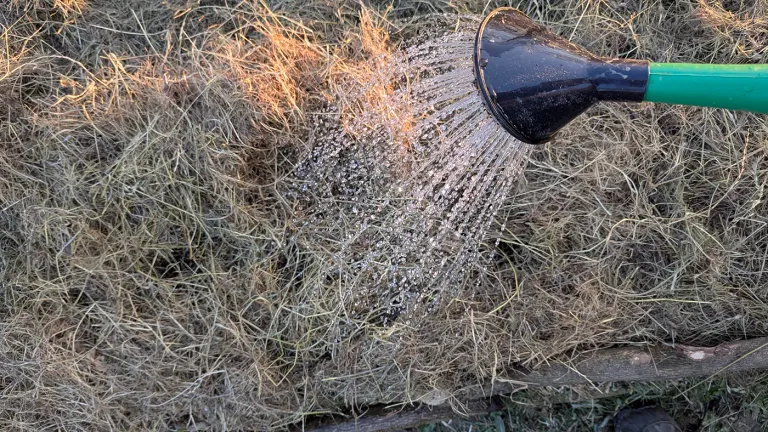
The next day, I made another mound, but it was smaller. My wife planted strawberry plants and put straw around them to keep the weeds down. I used the motor cultivator to mix and level the soil in the field, so it looks better now than in the initial picture.
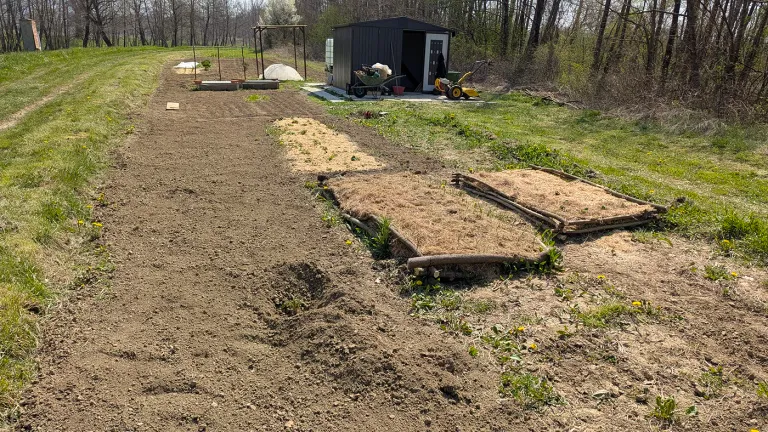
I'll report back when we've planted more :)
I would be pleased to get any advice if anyone else has experience doing this.
Thanks for your attention!
If you might be interested in farming in previous years, you can read here.
Here is also a @commentrewarder waiting for your comments.
Support and vote for those exceptional witnesses:
@good-karma, @liotes, @fbslo and @detlev.witness.

NFT Showroom
3Speak Channel
Let's Make A Collage
Beer Tasting
New Tunes
Foodies

